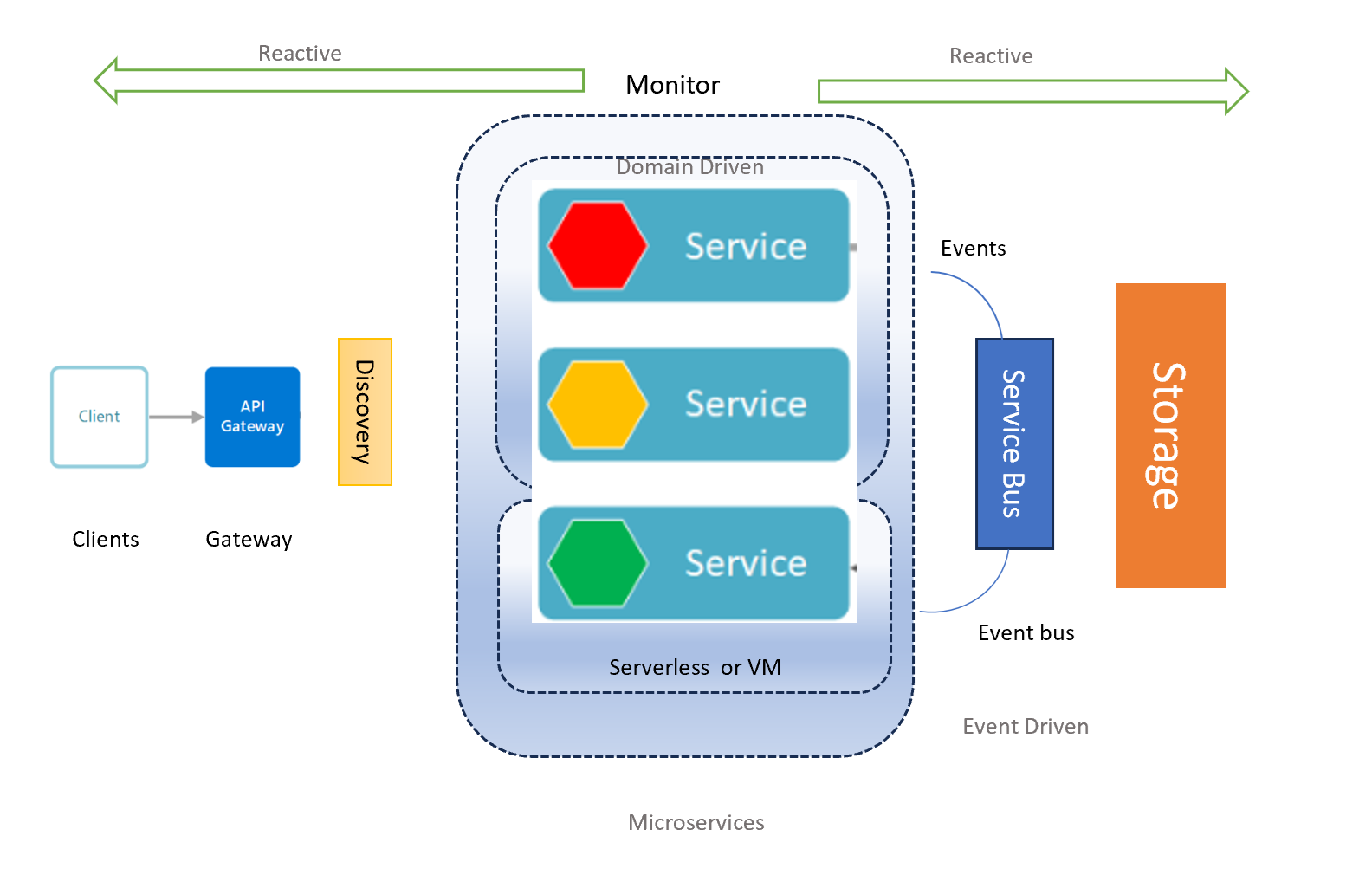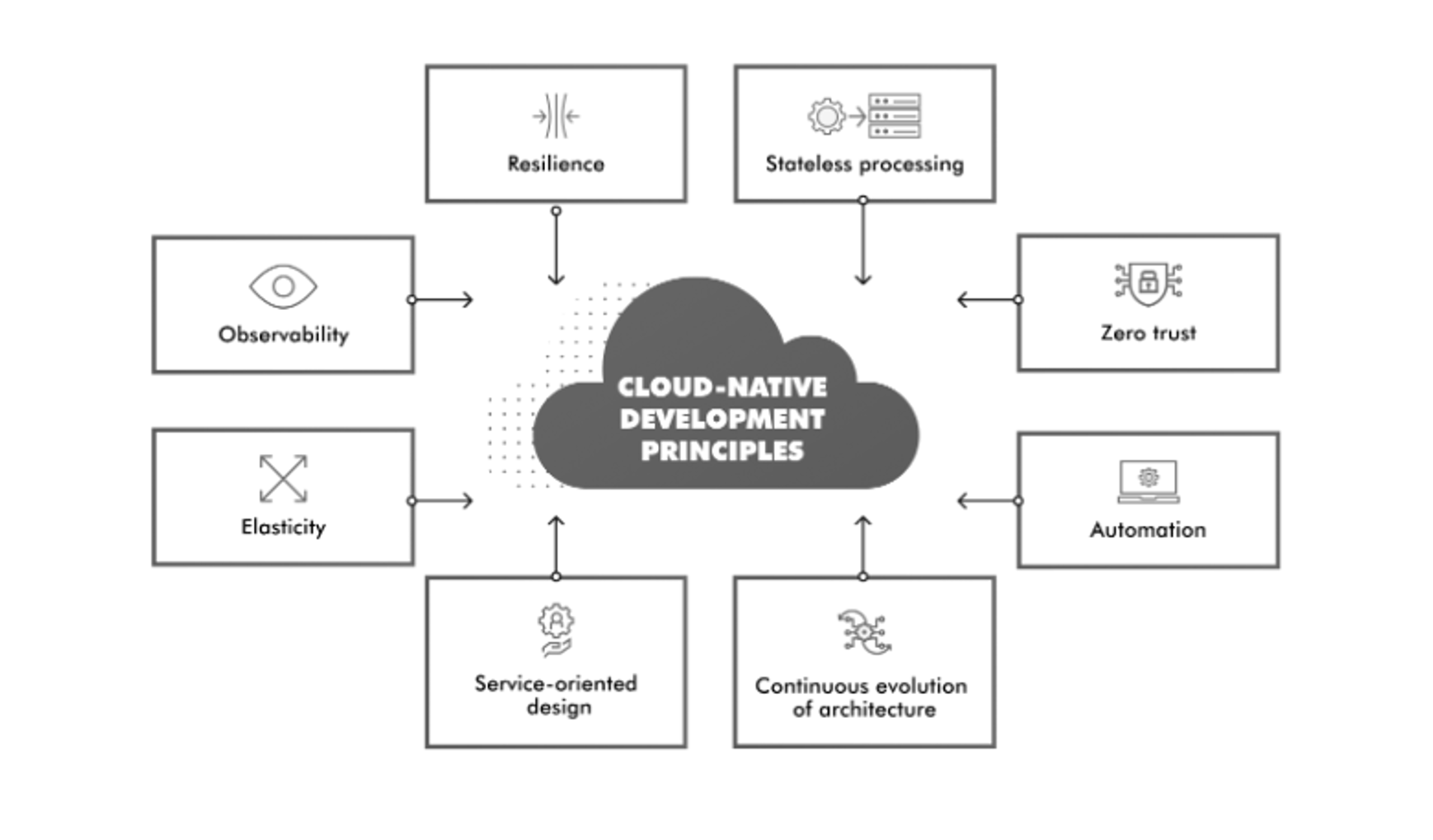ARCHITECTURE CONCEPTS
Modern software architecture emphasizes building robust, scalable, and adaptable systems. A key trend is the continued rise of microservices, where applications are decomposed into small, independent services, offering greater flexibility and deployment ease. Cloud-native architectures, specifically designed for cloud environments, leverage cloud services for inherent scalability and efficiency. Serverless computing further simplifies development by abstracting away infrastructure management, allowing developers to concentrate solely on code. Event-driven architectures, utilizing asynchronous communication between components, promote loose coupling and high responsiveness. Furthermore, principles like domain-driven design, which aligns software with business domains, and reactive programming, which focuses on building responsive and resilient systems, are increasingly influential. These architectural patterns aim to create systems that can evolve quickly, process massive datasets, and readily adapt to shifting business requirements.
Key takeaway: These concepts are overlapping and often used together. For example, you might build a cloud-native application using microservices and event-driven architecture. DDD can guide the design of the microservices, and reactive programming can be used to build the individual services.
It's important to choose the right architectural approach based on the specific needs of your project. There's no one-size-fits-all solution.

Single image Diagram illustrating a microservices-based application with a domain-driven, event-based, and reactive layered architecture
Points to remember
Microservices: The core idea is decomposition. It's about breaking down a large application into small, independent services that communicate with each other.
Cloud-Native: This is about optimization for the cloud, leverage the capabilities of cloud environments, like scalability, elasticity, and resilience.
Serverless: This is about abstraction of infrastructure. Owners don't need to worry about managing servers, operating systems, or scaling infrastructure. The cloud provider handles all of that.
Event-Driven: This is about asynchronous communication. Components of the system communicate by producing and consuming events. This leads to loose coupling, high responsiveness, and scalability.
Domain-Driven Design (DDD): This is about aligning software with business domains. It emphasizes understanding the business domain and using that knowledge to structure the software. It's like having an architect who deeply understands the needs of the people who will live in the building.
Reactive Programming: This is about building responsive and resilient systems. It focuses on handling asynchronous data streams and building systems that can gracefully handle errors and failures. It's like designing a car with advanced suspension and safety features to handle any road condition.
Cloud Native applications
Diagram illustrating a microservices-based application with a domain-driven, event-based, and reactive layered architecture

A nice article describing the domain design is presented here. here